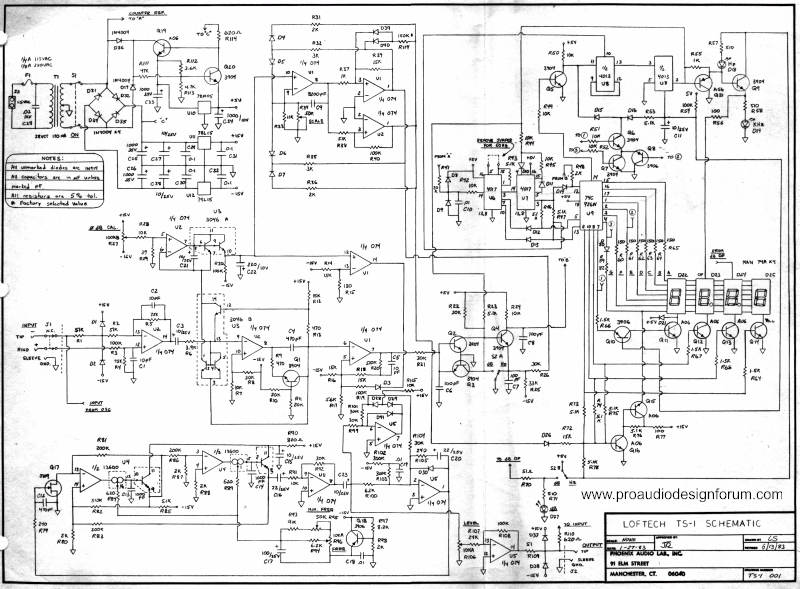Hello,
Sorry if this is a little off topic. Does anyone know of an in-production, not horribly expensive IC sine generator? I need 10kHz-120kHz, preferably programmable with an external voltage (but an external resistance would be ok as well). Distortion performance is not particularly important, but it needs to be a sine and not a triangle.
I am working on a simple heterodyne bat detector kit, and want it to be as cheap and easy as possible. The XR2206 would be perfect, were it still made - as much as I can, I'd like to use parts that won't be too hard to find, and so something still active would be best.
In the interest of making this accessible to kids and people without programming ability, I'd like to keep it looking analog (of course, I don't care what's actually going on inside the chip). If worse comes to worst, my plan is to use a microcontroller as the function generator - it would be cheap, but would add significantly to the complexity of the thing, and I don't really want to spend my time loading code onto uCs.
Any suggestions for simple, low-parts count discrete solutions will be appreciated also.
I've searched around and can't find anything, so I thought I'd ask here.
Thanks in advance for any suggestions, and my apologies if I've overlooked something in searching!
Sorry if this is a little off topic. Does anyone know of an in-production, not horribly expensive IC sine generator? I need 10kHz-120kHz, preferably programmable with an external voltage (but an external resistance would be ok as well). Distortion performance is not particularly important, but it needs to be a sine and not a triangle.
I am working on a simple heterodyne bat detector kit, and want it to be as cheap and easy as possible. The XR2206 would be perfect, were it still made - as much as I can, I'd like to use parts that won't be too hard to find, and so something still active would be best.
In the interest of making this accessible to kids and people without programming ability, I'd like to keep it looking analog (of course, I don't care what's actually going on inside the chip). If worse comes to worst, my plan is to use a microcontroller as the function generator - it would be cheap, but would add significantly to the complexity of the thing, and I don't really want to spend my time loading code onto uCs.
Any suggestions for simple, low-parts count discrete solutions will be appreciated also.
I've searched around and can't find anything, so I thought I'd ask here.
Thanks in advance for any suggestions, and my apologies if I've overlooked something in searching!




